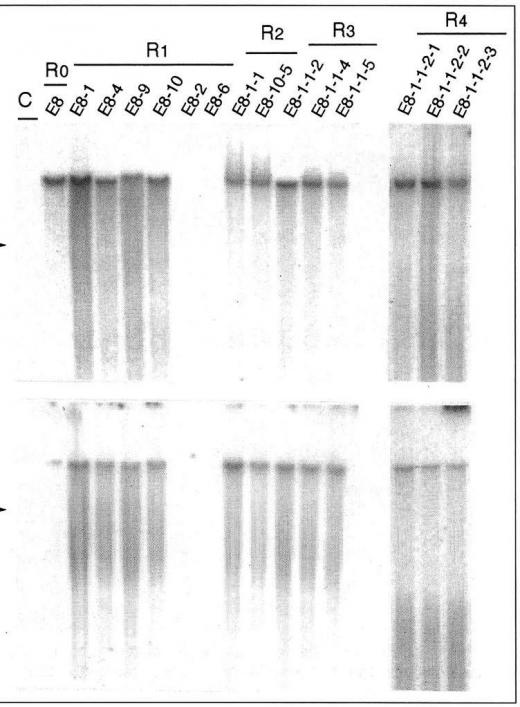What is DNA Electrophoresis?
DNA electrophoresis is a method used to sort DNA molecules by length. Pieces of DNA are suspended in a tray of gel and subjected to an electric field, which causes them to migrate toward one end of the tray. The DNA separates out into bands, with the distance from the electrode corresponding to length of the strand. The technique plays a role in identifying genes for diagnosing disease and for other forms of genetic research.
The DNA to be studied is broken into individual strands using restriction enzymes that cut the DNA at specific, known locations. The DNA is mixed with a dye or radioisotope that will allow its location in the gel to be identified. The individual strands are then separated from each other using DNA electrophoresis. The process begins by injecting the separated genetic material into wells that have been cut in the end of a slab of gel.

An electrical field is then applied to the gel slab. DNA has a negative electric charge, and is attracted to the positive electrode. The gel resists the DNA as it moves; smaller pieces have an easier time moving through the pores in the gel and so travel further. Given a known gel preparation and electrical application, the length of a segment can be very precisely determined by the distance that it travels. It can then be cut from the gel using a scalpel.

If the fragments to be separated are very short, a polyacrylamide gel is used. For longer segments, an agarose gel is used. Agarose is made from seaweed, while polyacrylamide is a synthetic polymer. The agarose gels are much less dense than the polyacrylamide gels and allow larger molecules to move through. For very long DNA segments, a recently developed method called pulsed-field gel electrophoresis must be used. That process uses an electrical field that constantly undergoes subtle changes in direction to keep very long strands oriented correctly as they move through the agarose.

Gel electrophoresis can be used to identify the presence of DNA strands of known length. It can thus be used to determine the existence of certain traits or genetic diseases within a given individual. DNA electrophoresis can also be used to isolate strands of DNA for recombination as part of a genetic engineering project. It can also be used to create a genetic profile of an individual for the purposes of identification, as in paternity tests or criminal forensics.
DNA electrophoresis was first performed in the 1970s. Gel electrophoresis was used to separate proteins long before being applied to genetic material. The process has been under development since the 1930s, with preliminary research reaching back to the 1800s. Swedish biochemist Arne Tiselius is sometimes credited with its invention.
AS FEATURED ON:
AS FEATURED ON:













Discussion Comments
@AlfredsHere - Genomic DNA electrophoresis is kind of the “bread and butter” of biochemistry. It’s basically one of the most important techniques used to study and understand the properties of organisms and how they relate to each other. With this technique you're taking apart the genes and figuring out the different parts so that you can see how they all fit together.
@AlfredsHere - DNA gel electrophoresis has been used in animal interbreeding programs. Scientists separate out the DNA in both animals that they want to interbreed, and study them to make sure that they can breed together without harming the offspring.
What would be some other uses of gel electrophoresis? I have to do a project about electrophoresis for class and I'm kind of coming up dry on information. Can anybody help me out? Just keep it simple if you can, science is really not my strong suit.
Post your comments